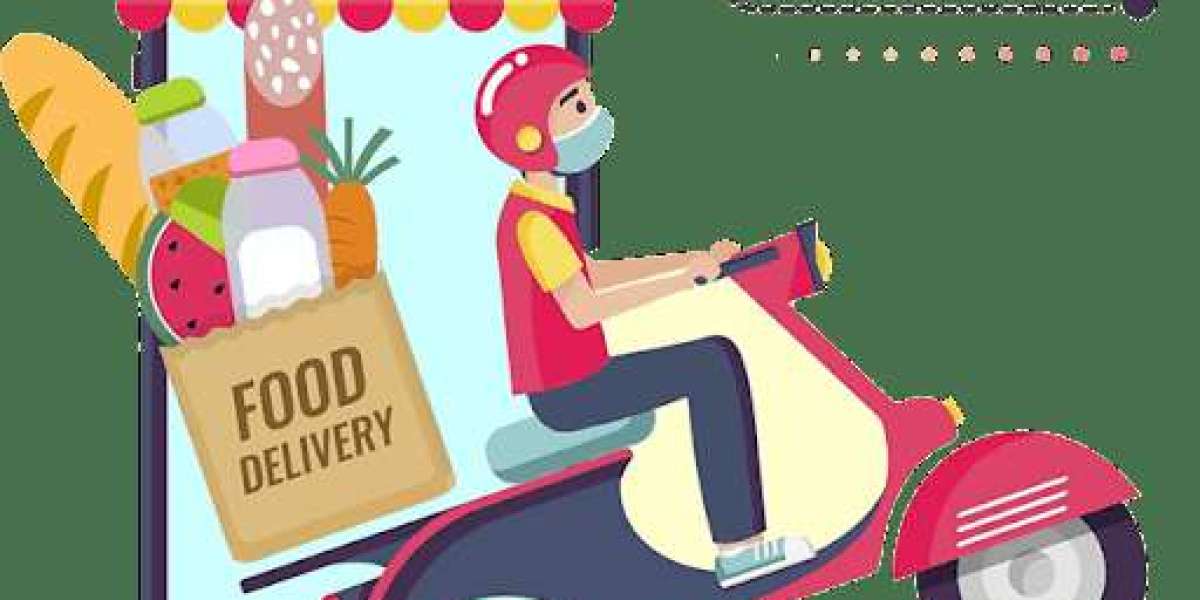In the fast-paced digital age, food delivery apps have emerged as a transformative force, redefining the way people experience dining. The journey of developing a food delivery app is a fascinating blend of technology, innovation, and customer-centricity, shaping the future of the food industry.
**Understanding Market Trends and Consumer Needs**
Successful food delivery app development starts with comprehensive market research. Understanding market trends, consumer preferences, and the competitive landscape is essential. Identifying gaps and opportunities helps in crafting a unique value proposition that resonates with users.
**Key Features and Functionality**
The core features of a food delivery app are designed to provide a seamless experience for users, restaurants, and delivery personnel:
- **User Interface:** A user-friendly interface with features like easy registration, intuitive menu browsing, secure payment options, and real-time order tracking enhances the overall user experience.
- **Restaurant Interface:** Tools for restaurants to manage menus, track orders, and analyze performance are crucial for efficient operations.
- **Delivery Personnel Interface:** Features such as order assignment, navigation assistance, and performance tracking streamline the delivery process.
**Technology Stack and Development Process**
Choosing the right technology stack is pivotal for app performance and scalability. Native development for iOS and Android or cross-platform frameworks like React Native offer flexibility and wider reach. Backend development involves creating robust APIs, integrating third-party services for payments and notifications, and implementing data security measures.
The development process typically follows Agile methodologies, ensuring iterative improvements based on user feedback and market dynamics. Rigorous testing at each stage ensures app reliability, security, and optimal performance.
**User Experience and Design**
Aesthetically pleasing design, intuitive navigation, and responsive layouts are crucial for a positive user experience. Incorporating user feedback, conducting usability testing, and iterating design elements enhance app usability and engagement.
**Launching and Marketing Strategies**
A strategic launch plan coupled with targeted marketing campaigns is essential for app visibility and user acquisition. Leveraging social media, influencer partnerships, and promotional offers can drive initial traction and user engagement.
**Post-launch Optimization and Growth**
Continuous monitoring of app performance, gathering user feedback, and analyzing data insights are key to refining features, optimizing processes, and sustaining growth. Regular updates, feature enhancements, and customer support initiatives foster user loyalty and retention.
**Future Trends and Innovations**
The evolution of food delivery apps continues with advancements such as AI-driven personalization, drone delivery, contactless payments, and sustainability initiatives. Embracing these trends and technologies ensures app relevance and competitiveness in the dynamic food delivery market.
In conclusion, food delivery app development is a dynamic and multidimensional process that combines technology expertise, market insights, and user-centric design principles. By delivering convenience, choice, and quality service, food delivery apps have become an integral part of modern dining experiences, shaping the way we eat, connect, and enjoy culinary delights.









